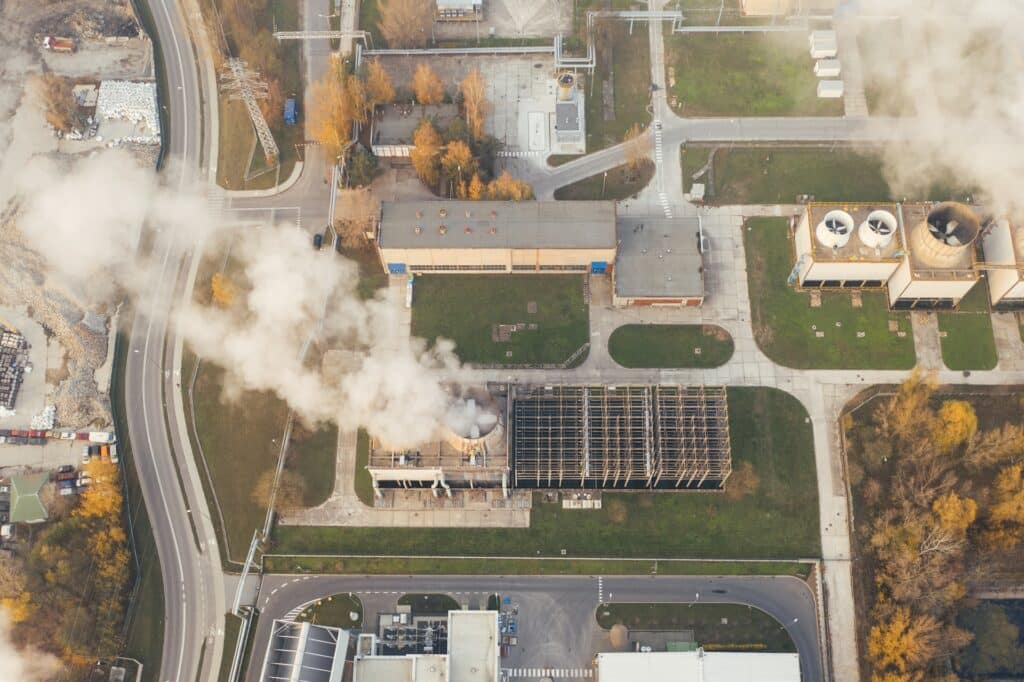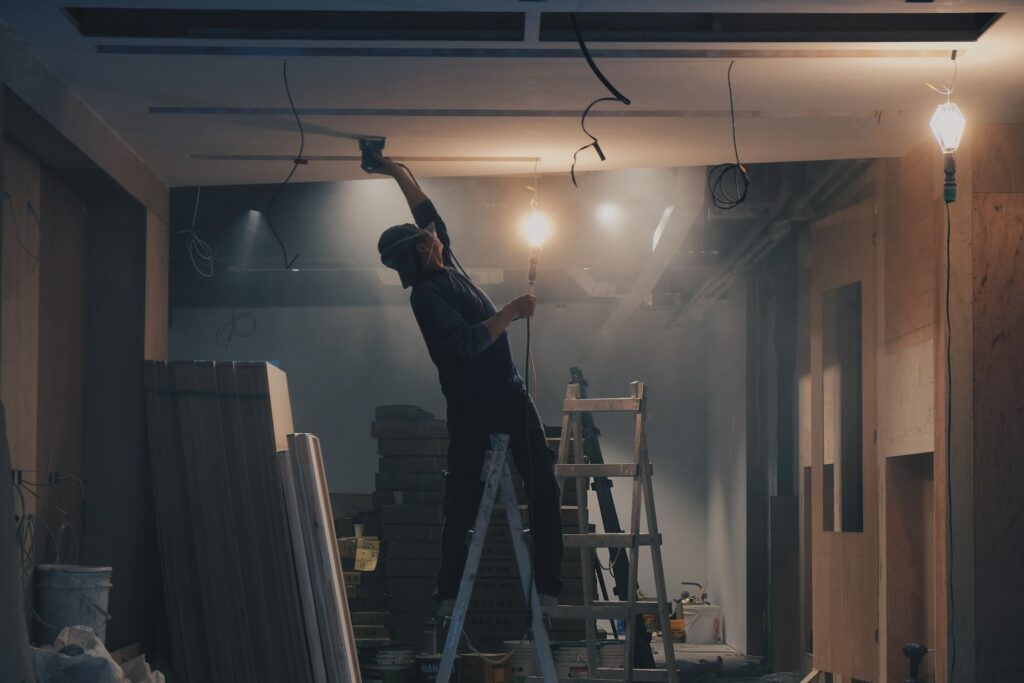When buying a home, many things are taken into consideration, such as location, size, and the overall condition of the property. However, one crucial aspect that is often overlooked is the air quality in every room. As we spend a large part of our time indoors, it is essential to ensure that the air we breathe is healthy and free of pollutants. Discover the need to check its quality when buying a house, and how to do the check.
Why should you check the air quality when buying a house?
When buying a home, it is essential to check the indoor air quality. Here are a few reasons why this step is crucial.
Preserving the health of the occupants
Poor indoor air can cause or worsen health problems such as allergies, asthma, respiratory infections, headaches, fatigue, and eye, nose, and throat irritation. It’s important to make sure the air you breathe in your home is clean and healthy.
Detect the presence of mold
Mold can grow in homes that have moisture problems or water leaks. Inhaling mold spores can trigger allergies and respiratory problems. A thorough home inspection may reveal the presence of hidden mold or signs of excessive dampness.
Measuring indoor pollutant content
Homes can contain a variety of indoor pollutants, such as VOCs (volatile organic compounds) from chemicals used in flooring, paints, furniture, and cleaning products. In addition, fine particles, radon, pet allergens and harmful chemicals in indoor air can also affect its quality.
Get an overview of the quality of ventilation systems
A home’s heating, ventilation, and air conditioning (HVAC) systems are responsible for circulating air. It is important to check that these systems are in good working order, well maintained and comply with safety standards. Inefficient or poorly maintained ventilation systems can lead to poor indoor air quality.
Plan necessary improvements
If air quality issues are identified during the home inspection, this may give you the opportunity to negotiate any necessary repairs or upgrades with the seller before purchasing the property. You can also take preventive measures to improve the air quality after buying the house.
How to check the air quality of a house before buying it?
Hire a qualified professional
It is recommended to hire a professional to perform a thorough assessment. Precisely, at Benjel, we specialize in indoor air quality testing. We have solid experience in this field.
Perform indoor air quality tests
We can perform specific tests to assess the presence of common pollutants such as VOCs, radon, molds, allergens and fine particles. Testing may involve collecting air samples, measuring contaminant levels, and laboratory analysis.
Perform a visual inspection
You can also perform a visual home inspection for obvious signs of air quality problems. Look for mold stains, traces of dampness, unusual or strong odors, signs of poor ventilation or degraded building materials.
Check ventilation and HVAC systems
Make sure the home’s ventilation, heating and air conditioning systems are in good working order. Ask about regular maintenance of the systems and whether any recent repairs or replacements have been made. At our level, we can inspect ventilation ducts for blockages or leaks.
Ask for background
Ask about the home’s history of indoor air quality issues. If problems have been reported in the past, request information on the steps taken to resolve them.
View inspection reports
If a general home inspection was performed, check to see if any air quality issues were noted in the report. Inspection reports can often reveal mold, moisture, or other concerns.
Consider location
Finally, consider the location of the house when air quality assessment. For example, a home located near an industrial plant or a busy highway may be exposed to outdoor air pollution.
How to optimize the air quality in a newly purchased house?
If you want to improve the air quality in a newly purchased home, here are some simple steps you can take.
Clean and ventilate the house
Start with a good thorough cleaning of the house to remove dust, allergens and airborne particles. Open the windows to allow good air circulation and ventilation of the house.
Control humidity
Maintain an adequate level of humidity in the home to prevent mold growth. Use dehumidifiers in damp areas, fix water leaks, and make sure moisture-prone areas like bathrooms and kitchens are properly ventilated.
Eliminate sources of pollution
Identify and eliminate sources of indoor air pollution, such as toxic cleaning chemicals, synthetic air fresheners, pesticides, and VOC-emitting building materials. Opt for natural cleaning products and choose low-emitting building materials.
Change air filters and ventilation systems
Install high-quality air filters in home ventilation and air conditioning systems. Replace these filters regularly to ensure effective filtration of particles and allergens. If necessary, consider upgrading the existing ventilation system or installing a controlled mechanical ventilation system to ensure regular air exchange.
Regularly maintain combustion devices
If the home has combustion appliances such as fireplaces, wood stoves or gas water heaters, be sure to maintain them regularly to prevent emissions of carbon monoxide and other dangerous pollutants.
Introducing indoor plants
Some indoor plants, such as English Ivy, Areca Palm, and Ficus, can help improve air quality by absorbing certain pollutants and releasing oxygen. Add a few green plants to your home to reap their air-purifying benefits.







About The Author: Cedric Pharand
More posts by cedric Pharand